In Ear Monitors: A Beginner’s Guide to IEMs
If you’re a live performer looking for consistent monitoring from venue to venue, then In Ear Monitors or IEMs could be the solution for you! But where do you start out and what’s the best IEM solution for you? Join us as we take a look at some of the most popular and best value solutions currently available…
In-Ear Monitors: What are the Advantages?
In-Ear Monitoring or IEM systems are more popular than ever; if you’re reading this blog then you’re probably interested in how you can get up and running with an IEM system of your own! You might be forgiven for thinking that IEM technology is a modern innovation; however, it’s been around in one form or another for over 30 years.
So what are the advantages (and disadvantages) of an IEM system? Is an IEM system the right choice for you? In this blog, we hope to answer some of those questions!
Monitoring Fundamentals
Firstly, let’s consider the role of monitoring and the kind of monitor situation you’ll typically find at a live venue. The first monitor systems were pioneered by Charlie Watkins of WEM; Charlie spotted that musicians often need a mix that is different to what the audience hears. For example, a vocalist will need their vocals much louder than usual.
Since the 1970s, the traditional way of providing your on-stage mix has been by using monitor speakers. These are often the wedge-shaped speakers you’ll see at the front of the stage. Additionally, for really large stages, you might also see side-fills and drum fills; these are essentially self-contained PA systems, just for the artist to hear on stage.
The Problem with Stage Monitors
Traditional stage monitoring is not without its issues, however! The most obvious of those is something we’ve all encountered as performers – feedback! The ultimate level of your stage monitor is often defined by the maximum level before feedback into the microphone.
Another serious issue is that of consistency; unless you’re privileged enough to be touring with your own PA system, then your monitor setup will change from venue to venue. That means from day to day your monitor mix will change dramatically. Does today’s venue have the same number of sends as yesterday? Is the house engineer any good? Are the house monitors well maintained?
In all my years of performing, having good on-stage monitoring has made the biggest single difference in how I’ve performed on stage. Walking on stage knowing you can hear everything cleanly and clearly will give you tremendous confidence.
Why In-Ear Monitors make a Difference
The concept of IEMs is simple; feed a personalised mix directly to a pair of high-quality in-ear monitors. At a stroke, this solves many of the problems of stage wedges! You can potentially enjoy a consistent, repeatable, personalised monitor mix, every night.
Additionally, if you use a wireless IEM system, then that perfect mix follows you around the stage. No more worries about feedback, no more concerns over grumpy engineers, just your own mix, how you want it, every time!
Sounds appealing, doesn’t it? Let’s look into what you need to make it happen!
Choosing an In-Ear Monitor System
A typical In-Ear Monitor system will consist of at least one of the following:
- In-Ear Transducers (the monitors themselves)
- A Transmitter and Receiver setup
- A Monitor mixer
It’s at this point where you really need to decide in advance what you need from your IEM system and what sort of performance setup you’re likely to run. That, in itself, will greatly influence what you need from your IEM system.
To help you decide, I’ve come up with a few “use case” scenarios which should help you make your decision!
Solo Electronics/Live Streaming
Do you find yourself performing in close proximity to all your gear? Do you output a stereo stream to front of house or directly out to the web? If so, you may find that a straightforward pair of wired IEMs is perfectly adequate. The advantage to sticking with a wired pair of IEMs is that you’ll greatly reduce your outlay and you won’t have to worry about any complications in running a wireless system.
The suggested IEM models here from Shure and Sennheiser are very popular entry and mid-range IEM offerings. It should be noted, too, that if you then choose to upgrade to a wireless IEM solution, you can still use these wired monitors with your wireless IEM pack.

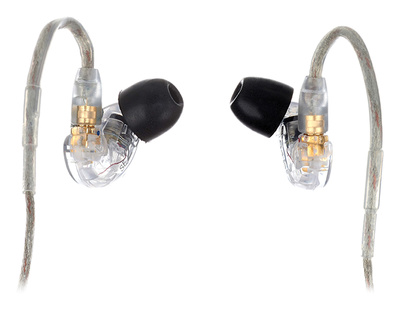


Front Person in a Band
Tired of struggling to hear yourself over your live band? If you’re the vocalist in a live group, then you might find that moving to a wireless IEM system of your own is a great investment. You’ll be guaranteed your own monitor mix every night, but be aware that you’ll still have to rely upon the house engineer to set up and construct your own monitor mix.
At this point, you’ll need a wireless IEM setup, which consists of a transmitter and a “belt pack” style receiver. This gives you the freedom to wander the stage without getting tangled up in cables!

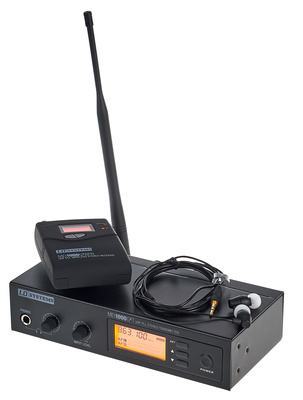
Full Band with Self Contained Monitoring
This really is the ultimate scenario for many touring musicians. If you want every member of the band to have their own IEM mix that is consistent from night to night, then this is the answer!
Obviously, you’ll need to get every band member their own IEM transmitter and receiver, so by this point, you may be looking at a separate monitor rack. If you want to take control of mixing your own monitors, then you’ll also need your own way of taking splits from the stage into your own mixer.
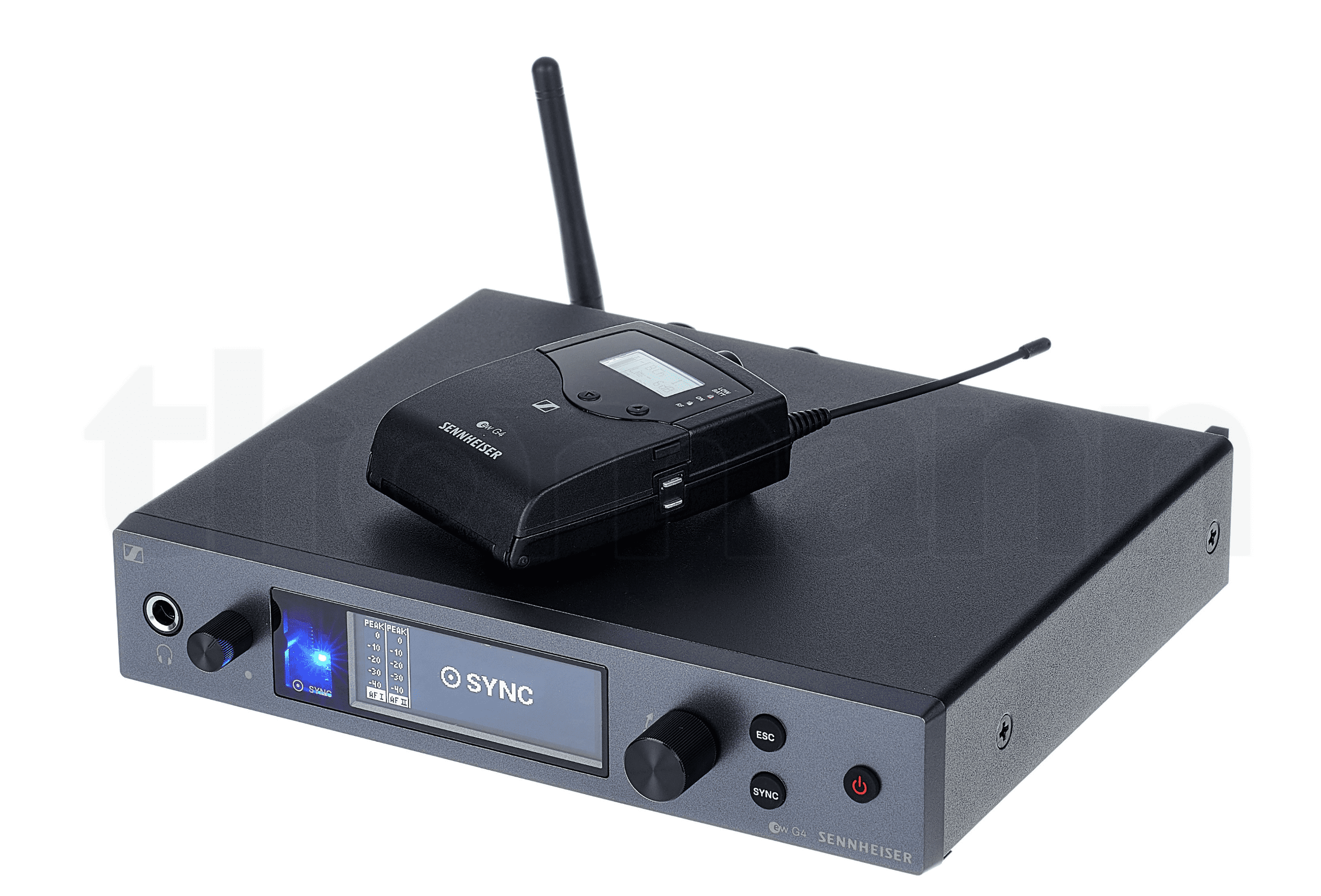
Behringer’s X32 Rack has proven to be an exceptionally popular option for providing IEM mixes. This is because it will fit easily in a monitor rack, and allows you to route each stage feed into and out of the mixer. Using the X32 Mix app, each band member can then construct their own monitor mix using, for example, an iPad.
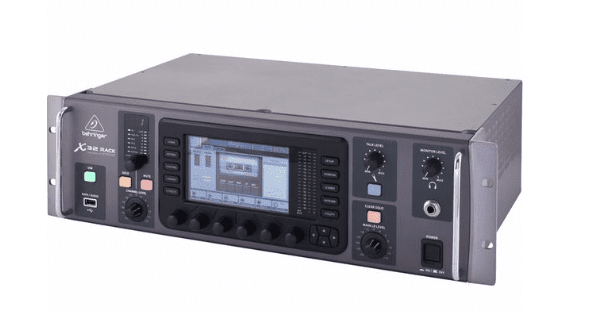
So What’s The Catch?
You might be forgiven for thinking that moving to In-Ear Monitors is a very obvious step for any dedicated performer. However, there are some potential downsides that would be remiss of me not to mention. IEMs aren’t the perfect solution for every performer and every situation, for some of the following reasons:
An Isolated Sound
One of the key advantages of moving to In-Ear Monitors, as we’ve just discussed, is greatly improved acoustic isolation and separation. However, some performers feel that IEMs can sometimes make them feel too isolated. A common complaint can be that it makes the performer feel like they’re performing at home, but why is that?
Performing on stage, we expect and thrive off the noise of the audience and to some extent the acoustics of the venue. As soon as you switch to an entirely isolated and clean monitor signal, fed straight to your ears, that vibe and ambience can disappear. This is especially the case when dealing with purely electronic instruments where there are no microphones involved.
A common solution to this is to mix in one or more ambient microphones; this allows the mix engineer or performer to blend in a small amount of the ambient sound of the venue into their IEM mix.
Even then, there are many live performers, many where cost is no option, who still prefer to use conventional loudspeaker monitoring on-stage. Both approaches have a very different “feel” and it’s not simply a case that one is automatically better than the other.
Potential Cost and Complexity
Undoubtedly, really usable IEM systems have become truly accessible in recent years. What many performers fail to factor in, however, are the additional costs and logistics in implementing use of IEMs correctly. For example, if you’re a full live band looking to move to IEMs, there are significant additional costs and logistics over simply buying IEMs for each member.
For a touring act, you’ll either need to tour with your own monitor engineer or invest in your own monitor mixing solution. If you’re a live band with acoustic sources that need microphones, that adds additional expense. Factor in touring with your own mic inventory, microphone splits, cabling, mixer and transmitter rack.
If you’re assuming that a typical live venue would be happy setting up IEMs on your behalf and providing a decent monitor mix, I’d advise you to strongly reconsider!
IEMs – Are they right for you?
So, should you go down the path of using In-Ear Monitors in your live performances? Well, undoubtedly, a correctly set up and thought out IEM solution will provide consistency, repeatability and accuracy that’s difficult to achieve through conventional monitoring.
It’s absolutely important to be aware of the logistics and costs involved, before going down the path of IEMs. However, if you’re a touring professional then you may well find that an In-Ear Monitor solution is one of the best investments you’ll ever make.
* This post contains affiliate links and/or widgets. When you buy a product via our affiliate partner, we receive a small commission that helps support what we do. Don’t worry, you pay the same price. Thanks for your support!
6 responses to “In Ear Monitors: A Beginner’s Guide to IEMs”

You are currently viewing a placeholder content from Facebook. To access the actual content, click the button below. Please note that doing so will share data with third-party providers.
More InformationYou are currently viewing a placeholder content from Instagram. To access the actual content, click the button below. Please note that doing so will share data with third-party providers.
More InformationYou are currently viewing a placeholder content from X. To access the actual content, click the button below. Please note that doing so will share data with third-party providers.
More Information
 4,3 / 5,0 |
4,3 / 5,0 | 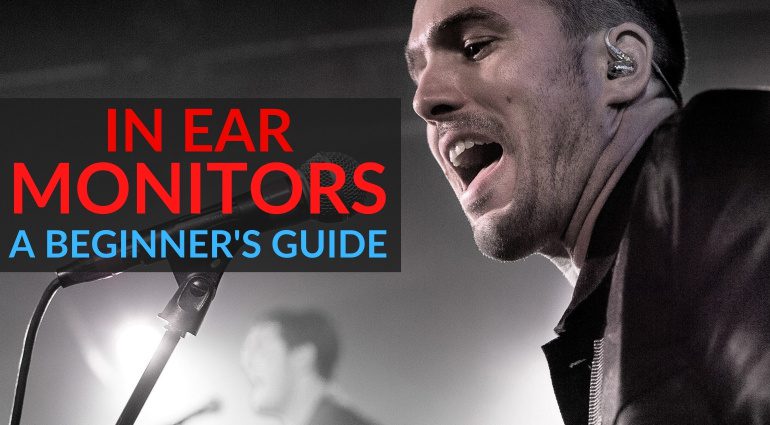

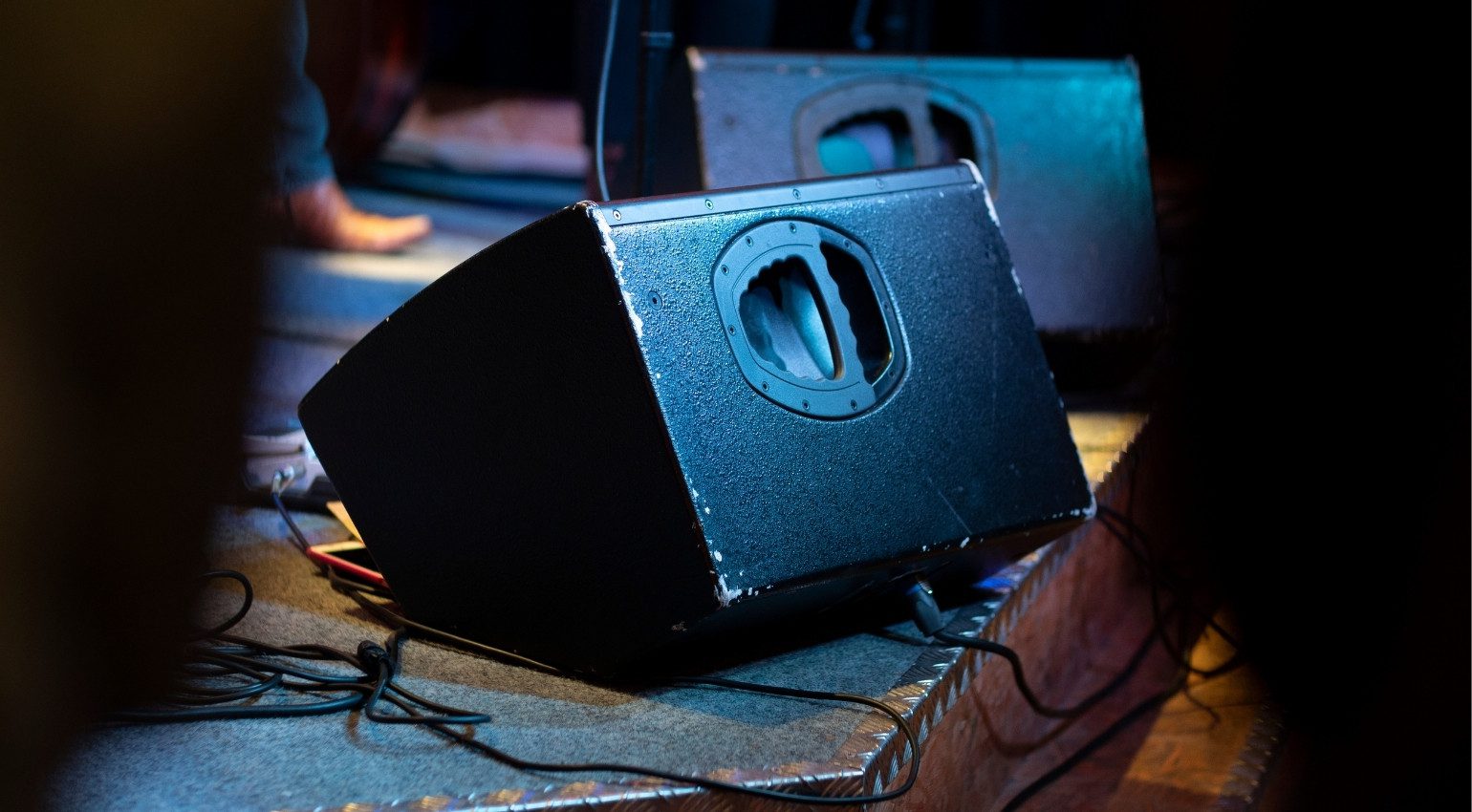

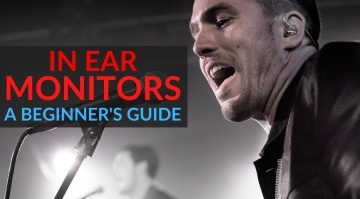

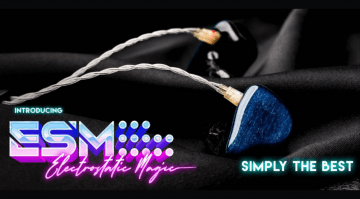
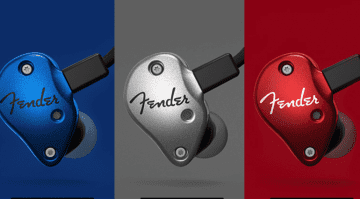


I play locally, mostly smaller venues. You leave out the advantage of less weight and shorter setup time. My experience is that monitors for instrumental gigs is usually not needed. Exception is when stage volumes are too high to hear specific instruments; like piano in a big band.
That’s an excellent point John and one I hadn’t considered. If you own and set up your own PA system, for your own gigs, then IEMs can certainly save on weight and space. In that scenario, it’s almost a win-win situation!
One disadvantage of in-ears you have missed out is that, on bigger stages, the sound naturally changes as you walk around and get closer to, and further away, from elements of the backline. the drum kit and different wedge mixess. With IEMs, the sound as you walk around the stage stays exactly the same, which feel disorientating for the inexperienced user. This is another reason why experienced users often take one out.
This is an interesting take JP as it highlights that what many may see as an advantage (perfectly consistent mix levels as you walk across the stage) are viewed by others as a disadvantage!
As I pointed out in the article, many professionals insist upon an ambient microphone mixed into their IEMs to add a “live” sense to the mix.
I’m a part-time singer just playing small, local venues and am just looking for my first set of IEMs. I’ve really struggled with the mix at every gig I’ve done and can almost never hear myself. So this seems like the obvious solution. But I’m not looking to invest hundreds and hundreds of pounds in kit. This guide has been really useful. Thank you.
Hi do I need any extra gear for my IEM system. I have a Yamaha EMX 512 SC mixer amp with 1 monitor out. I connect this to my Behringer Xenyx 802 desk and connect my phone into the ear phone socket. Is this a good set up or could it be better? Thank you. AJ.